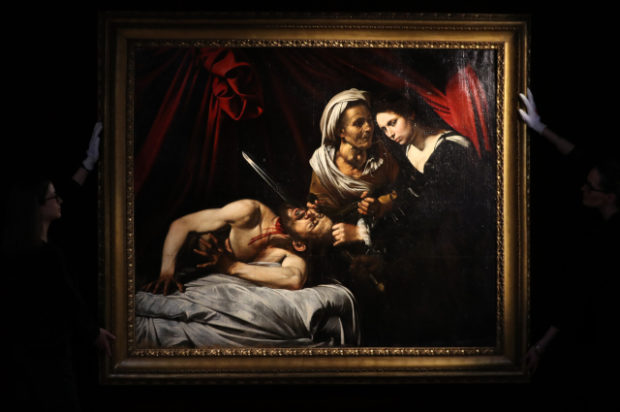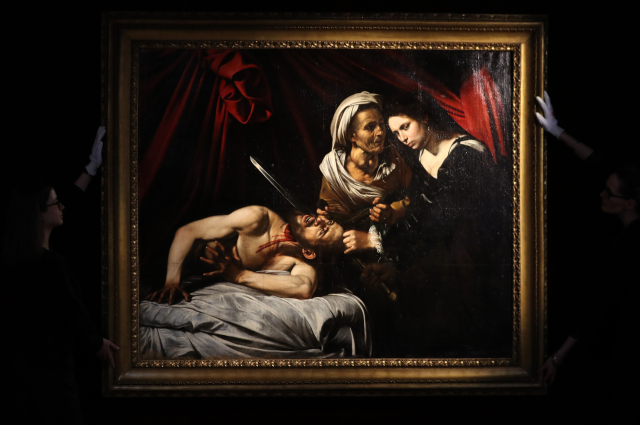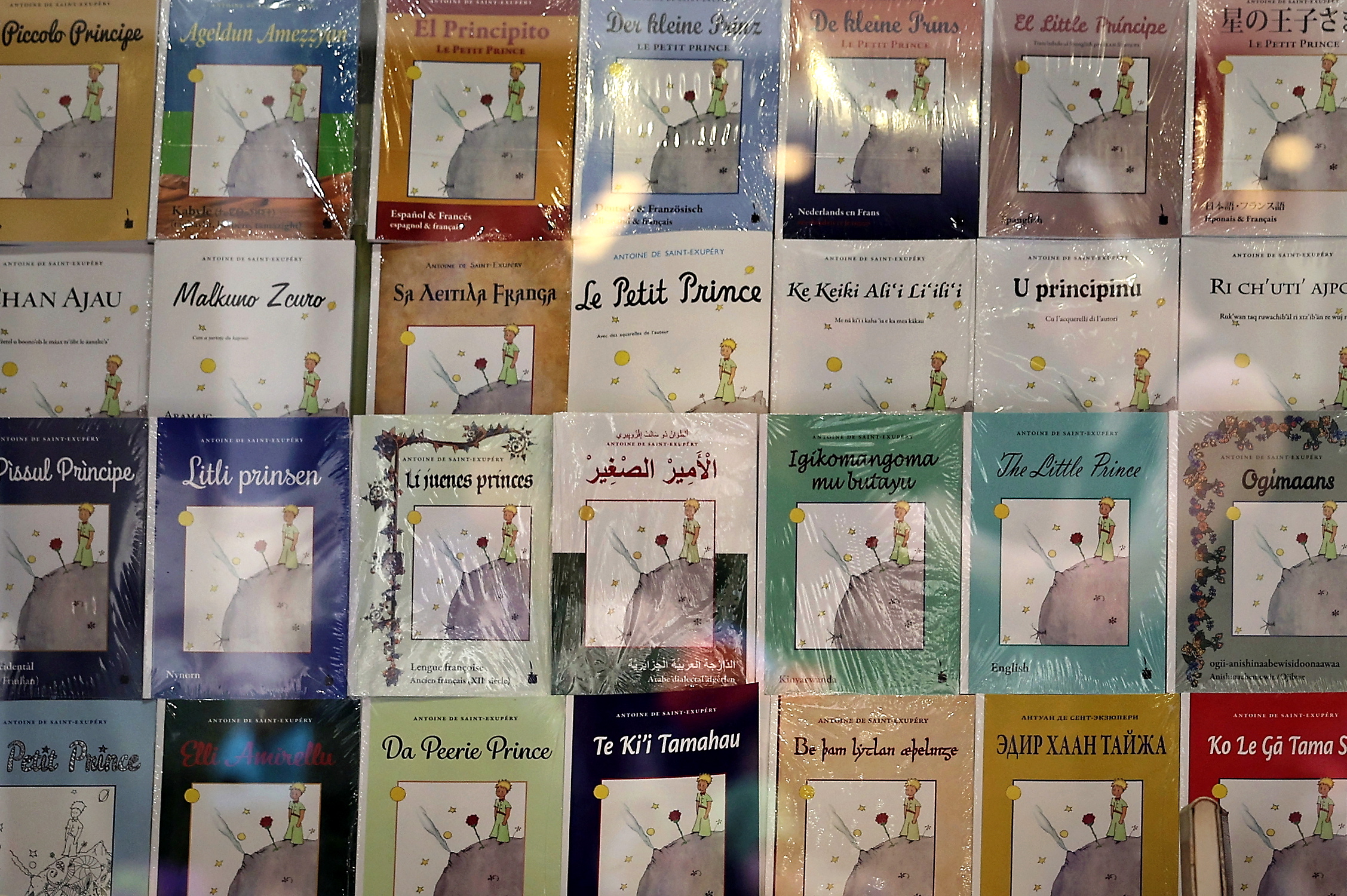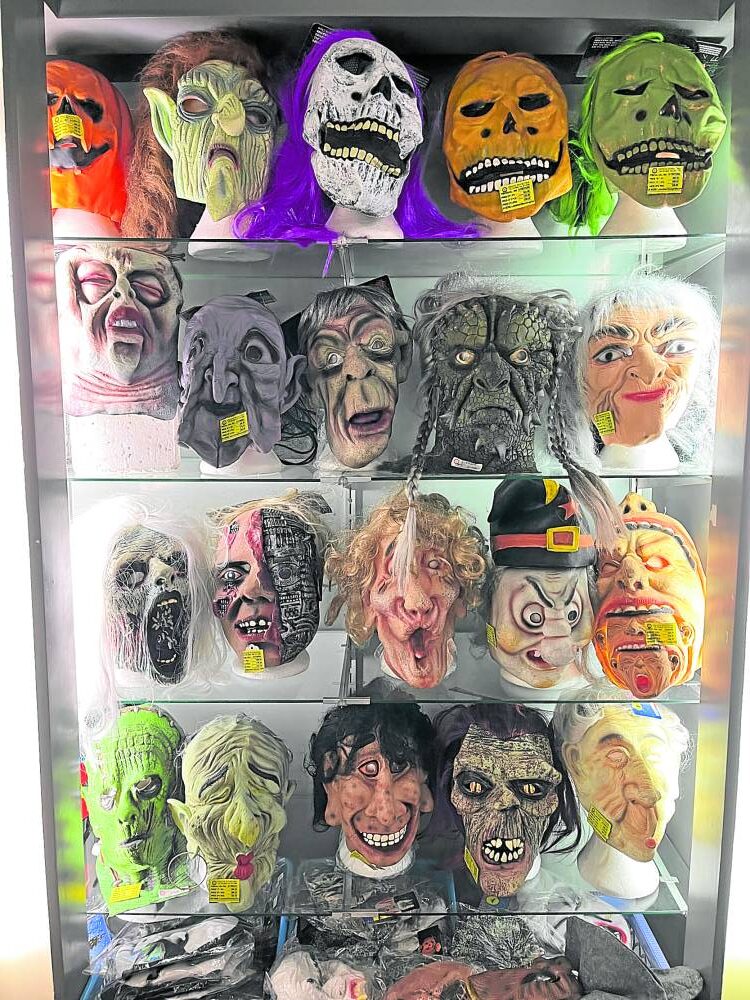The naked warrior grimaces as a graceful woman methodically slices off his head with a sword. It is a burst of violence painted in haunting tones by a Renaissance master worth an estimated $170 million — or yet another fake distressing the art world.
The mystery took another plot twist on Thursday with the unveiling of the fully restored version of what some believe to be Caravaggio’s long-lost masterpiece.

French art expert Eric Turquin has been looking after the life-size canvas since its discovery during pipe repair work in the attic of an old house in the southwestern French city of Toulouse in 2014.
“Not only is it a Caravaggio, but of all the Caravaggios that are known today, this is one of the great pictures,” Turquin said ahead of the painting’s June 27 auction in Toulouse.
“It’s not just an addition — it is a major addition to the oeuvre of the artist.”
Turquin said his 150-million-euro ($171 million or P8.8 billion) valuation was based on the 160-million-euro price tag Amsterdam’s Rijksmuseum and the Louvre in Paris put on a pair of Rembrandt portraits they jointly purchased in 2015.
The painting’s existence was first referenced in a series of letters written by dukes and art dealers who were thinking of buying it four centuries ago.
Hot-tempered genius
Caravaggio’s mastery elevated Europe’s understanding of art by the time he died from what some scientists think was gradual poisoning from the lead in his paint at the age of 38 in 1610.
His arresting interplay of shadows and radiant light heralded the onset of the brooding Baroque style that flourished for 150 more years and produced the likes of Rubens and Vermeer.
Caravaggio’s best works resemble scenes on a macabre theatre stage. The Biblical heroes are played by models he picked off the street — mostly beggars and street kids — and cast against dark backgrounds in a candle-lit glow.
But he was a hot-tempered genius who was wanted for murder and hiding from the Rome authorities in his final years of life.
He was “notorious for brawling, even in a time and place when such behavior was commonplace,” the Caravaggio Foundation writes.
The 1.44-meter by 1.75-meter (57-inch by 69-inch) canvas depicts the moment the widow Judith beheads the Assyrian general Holofernes to defend her besieged Jewish city of Bethulia.
She decapitates him after plying him with drink.
The more risque takes depict Judith as a seducer who first tempts him to bed — the path also chosen by Caravaggio in a similar work he painted in 1602 that now hangs in Rome.
The general’s head is then taken away in a basket or on a silver platter for display.
The old maid in the scene from what could be Caravaggio’s missing work is disfigured by bulbous goiters — a condition affecting the thyroid gland — that compete for the eye’s attention with the streams of blood gushing down the warrior’s chest.
Genius copyist?
But what if this is not a Caravaggio but an admittedly fine copy by one of his Franco-Flemish disciples?
Louis Finson was a recognized artist in his own right who both owned and reproduced Caravaggio’s work.
Finson was also an art dealer who may have had an ulterior motive in making Caravaggio duplicates and then selling them off to wealthy merchants in his native Bruges and Amsterdam.
Caravaggio expert John Gash told The New York Times in 2016 that Finson was “an inveterate copyist” whose is known to have made at least one reproduction of the missing tableau.
That piece now is now displayed in Naples.
But Turquin said X-rays have convinced him that his canvas was not just another one of Finson’s knockoffs.
“Originally, Judith was actually looking towards the face of Holofernes — she was looking at what she was doing, as she did in the 1602 painting. It was only (later) that he changed the painting.”
Turquin argued that going back to a work to shift the direction of the main protagonist’s gaze was “no way what any copyist would ever do”.
“If it’s a copy, he’s a genius, the copyist,” said Turquin. NVG
RELATED STORIES:















































